In this digital world, we are constantly digesting written words to be it on our phones, books or websites. Often, we are reflecting the power of the written word and so we barely consider the role of the designer for emulating the tone of the word or sentence. We have observed that only a small number of readers are able to predict the time and effort consumed behind a single line.. Ever got into a situation where you can easily read the entire copy feeling relaxed and comfortable? Well, all the credits go to the designer. The most crucial elements for the designer is the text arrangement and the aesthetic look. For creating an effective and clear UI, it is important for the UX designers to learn about all the basics related to typography science. Yet, there are plenty of designers and webmasters who do not possess more knowledge about the typography basics. Being a designer, it is mandatory to have a massive chance of the text by not viewing it as content but as a basic feature of the UI design. In a report carried through various studies, 95% of the typography is all about web design and therefore the people need to go above the typeface. ![]()
In this article, we will be taking a look at how the typography can help every professional designer to comprehend their work and make it hassle-free. Let’s get started with.
What is Typography?
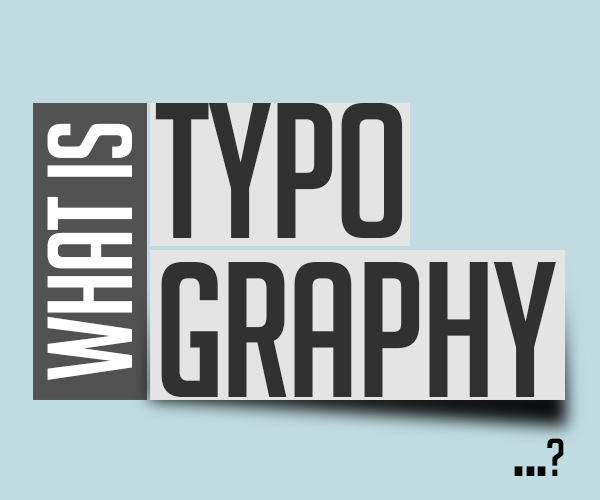
The word ‘typography’ is a lot greater than only a structure procedure. It is a technique and the craft of arranging sort of making which is written in an appealing language and appears to be clear when exhibited. The component incorporates point sizes, typefaces, line-dispersing, line lengths, letter separating and furthermore changing the space between two or three letters. Typography is progressively relevant to the association, appearance, and style of the numbers, images, and letters that are delivered by the designer. More or less, the typography is altogether connected with the composed language on the screen yet at the same time needs both the strategy and the workmanship aptitudes of a creator. Back before, typography was a sort of specific study for article office laborers yet now science is applied in variation circles in this manner assuming a noteworthy job in the plan. Typography plays a vast role in the field of design. Would you be able to envision only one case of a web or portable structure with no duplicate components? Well, it must be tough to get the one. In any case, it ought to be noticed that solitary a nearness of duplicate in the interface isn’t sufficient for a compelling UI and UX. You also need to look after the copy and its appearance so that it does not spoil the design. There are plenty of designers who avoid the typography just cause it sounds difficult to understand and they do not feel worthy to spend time on it.

In the present times, individuals are accustomed to getting most of the data as content and along these lines, the creators need to make this procedure simple and profitable. One of the most effective copy is the key to any massive design. The effectiveness of the design does not only depends on the content but also focused on how it is presented. All of the font size, color, text structure, and width matters the most in the typography. Along with the content presentation, visual performance and readability of the copy also impact the user experience in the digital products. For instance – if the font size is badly legible and people face tremendous problems with navigation then there are possible chances to avoid or not use it at all. In addition to this, the bad typography affects the first impression as when the users are unable to read the coy they prefer to scan it. In such instances, if the fonts look inappropriate to the people then they may not want to learn about your services or the product.
For making significant typography, all you have to learn is its life systems and the procedure which is required by the typography.
Font and Typeface
In the present times, plenty of designers mistake these two words as a synonym but it is not at all right. Let’s just understand it in simpler terms. A typeface is a type of the style in the design which comprises of a complete scope of characters in all the sizes and weight no matter the one. In spite of this, a textual style is a graphical portrayal of the content character which is normally presented in one specific size, weight and typeface. In more simple words, typeface can be defined as a family and fonts are members of it. Both of these are the principle objects utilized by the originators and typographers to change and change the content for making coherent and tasteful typography.
Baseline and Mean line
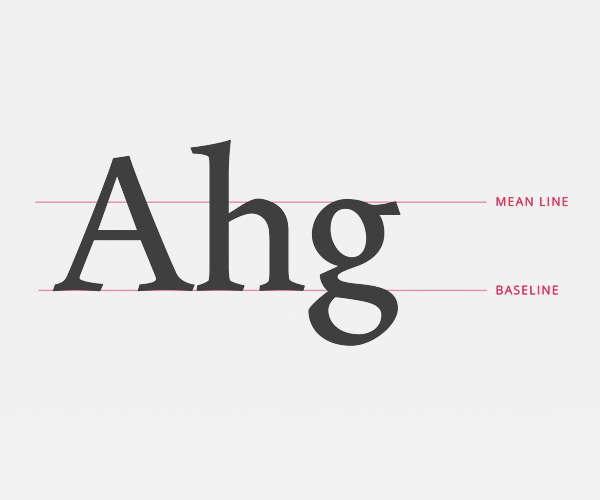
It is seen that the sort of characters is constantly set in a straight line which makes a flawless visual introduction. The principle apparatuses that help to help originators in the process are mean line and gauge. The mean line portrays the top though the gauge characterized the base of the character body. Such lines permit to make textual styles and these lines are imperceptible in the interfaces after the planners finish their work.
Measurements of the Character
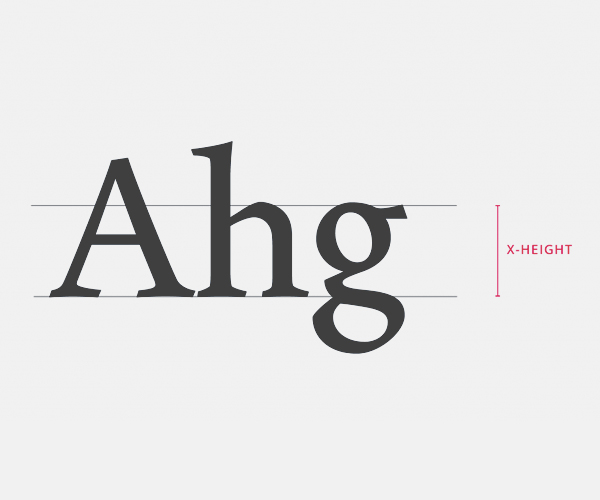
In order to isolate the various sorts of data and feature the fundamental focuses, the visual originators apply textual styles in different sizes and types. The sort of weight is an estimation of how thick a kind of character is. All of the font sizes are usually measured in pixels, millimeters, and inches. In the designing terms, height is the character is called ‘x-height’ as the body of every character in one size is based on the letter ‘x’. By applying such an approach, it makes them look even and clean. It is extremely simple to isolate the duplicate components for heading, sub-heading and body duplicate by differing these parameters. The ascender is a piece of the letter which goes over the mean as though the descender is in opposition to it.
White Space and Alignment
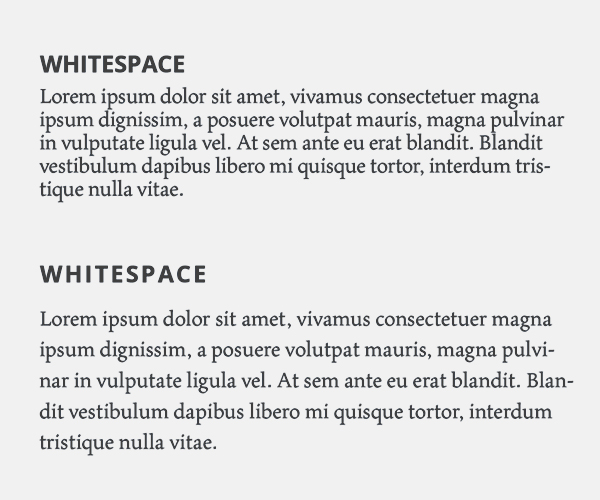
The term white space is also defined as negative space which is an area between the elements in a design composition. The readers are not aware of the big role of the space but the designers pay vital attention to it. Regardless, on the off chance that the void area isn’t adjusted, at that point, the duplicate turns out to be difficult to peruse. That is the motivation behind why all the negative space matters as much as the typography components.
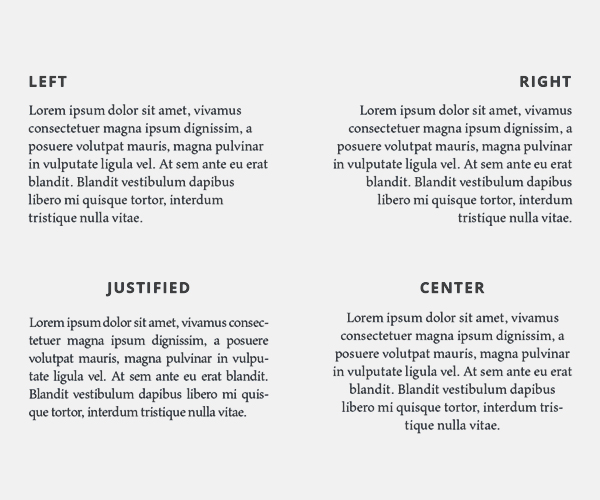
For making viable typography, it is difficult and from this time forward requires various forms. Take an occasion where the arrangement is an activity of setting and legitimizing the content. At these stages, architects mean to change the haphazardly puts bits of the content into one bound together structure.
Tracking and Kerning
![]()
The way toward tracking incorporates various alterations of the space for a gathering of type characters that structures a word or a book square. A designer has to manage an appropriate spacing for all the letters by making the content feel pleasant for the eyes. Effective tracking is all you need to make the letters in a word more easily readable.
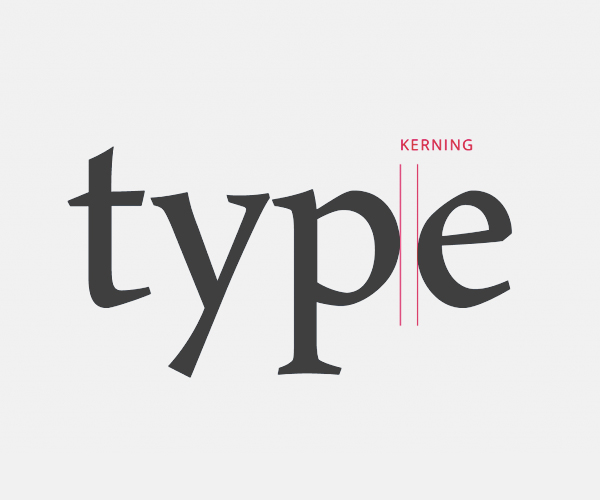
Kerning is somewhat like following yet all are not the equivalent. Following is characterized as the space between every one of the characters of the textual style while kerning alludes to the way toward changing the space between two kinds of characters. Ordinarily, it is applied for singular situations where a creator chooses to change the dispersing between any two explicit letters and make it feel increasingly common. Driving is the dividing between the baselines of the duplicate where it causes the peruses to go effectively starting with one content line then onto the next and make huge bits of the content qualified.
Serif and Sans Serif
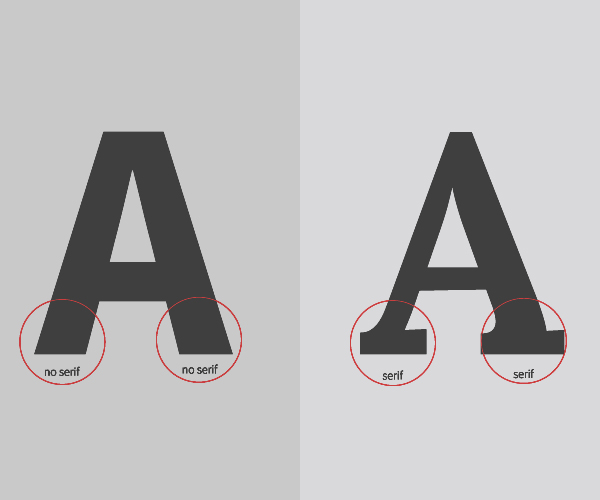
Back in the past, we have seen that serifs are more legible. They are utilized in prints for a truly prolonged stretch of time and improves the perusing experience for huge squares of the content. Serif enables the eyes to stream all the more effectively over the content. Serif enables the client’s eyes to stream all the more effectively over the content. The story shows up increasingly extraordinary on both the web and the portable. There are different sans-serifs that are the discernible and the present condition of visual structure inclines toward less difficult letter forms. On the web and mobile screens, we see more of the sans-serifs.
Hierarchy and Separators
The hierarchy in typography defined how to read through the content and lets us know how to differentiate the header from subheading and body text. This can be achieved by making use of the various contrast, text sizes, margins, padding and much more. It is a vital system that should be aced so as to accomplish great coherence. A good way of dividing content into sections is by making use of the separators. The most well known of them is a straight line where it is an inconspicuous instrument that still assumes a major job in the clarity. The most time-consuming part of the UI design is repetition and rhythm where each of the elements provides unity when repeated. The repetition comprises the position, text size, padding, colors, margins, background, and boxes.
Wrapping Up
Here, we come to the end of the article. We hope you have understood the importance of the typography in the design and how it is a mesmerizing journey with all of the hipstery, fancy words and satisfying view for your skill progression. No matter the purpose, the typography will always top the UI. The entirety of your UI configuration rehearses is appropriate for your chosen typeface. Till then – keep learning!
